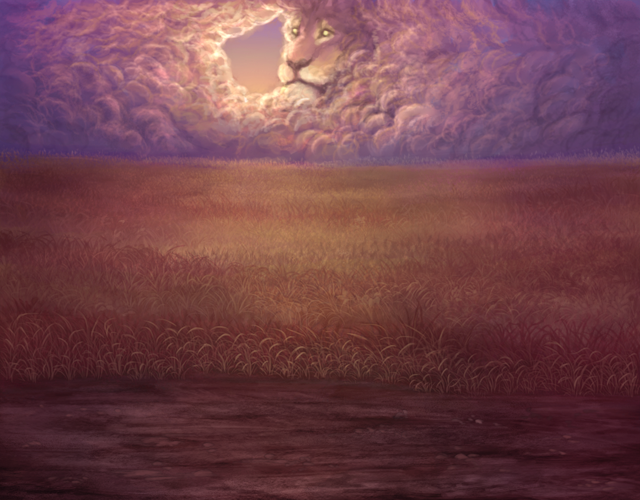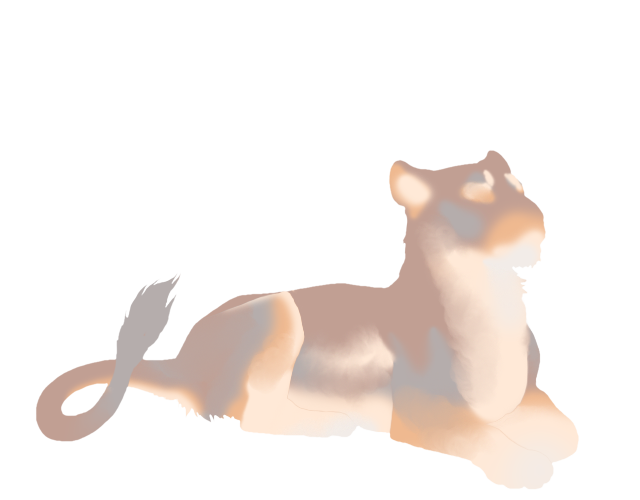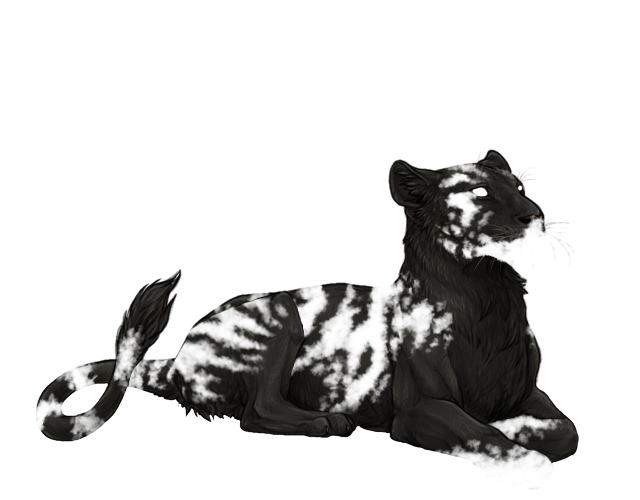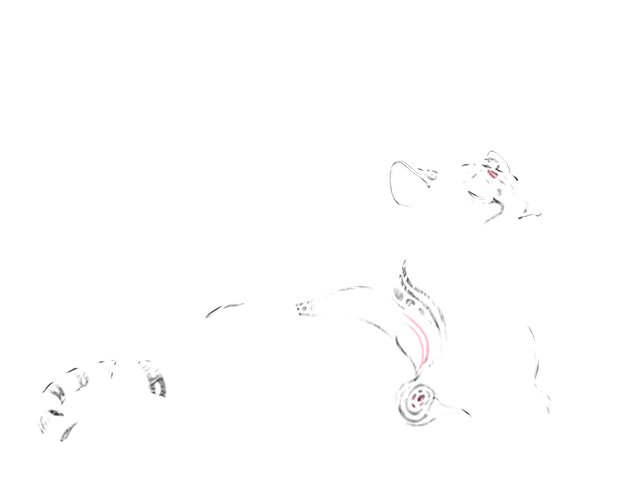Stolen Hebe
" nacre-2m"
nacre-2m"
 nacre-2m"
nacre-2m"
 |
 |
This lioness gave birth in the past two years. She is on a breeding cool down and will be breedable again in 12 real life days.
| Lion Stats | |||
| Experience |
0 / 100 (0%)
|
||
| Level | 1 | ||
| Strength | 39 | Speed | 31 |
| Stamina | 37 | Smarts | 48 |
| Agility | 47 | Skill | 2 |
| Total Stats: | 204 | ||
| Lion Currents | |
|---|---|
| Age | 4 years, 10 months old |
| Hunger |
56%
|
| Mood |
85%
|
| Sex | Female |
| Pose | Default |
| Personality | |
| Adult Stage |
|
Newborn Stage 100% Young Cub Stage 100% Cub Stage 100% Adolescent Stage 100% Adult Stage 21.794871794872% Elder Stage 0% |
| Breeding Info | ||||
|---|---|---|---|---|
| Father | Bloodsong Valkryie (Deceased) | Mother | White Moon (Deceased) | View Full Heritage |
| Last Bred | 11 days ago | Fertility | Very Low (49%) | View All Cubs Bred (3) |
| Appearance | Markings | |
|---|---|---|
| Base | Nacre (Blue Skin) |
Slot 6: Onyx Patch (32%) Tier 3 Slot 8: Vitiligo 7 (46%) Tier 2 |
| Genetics | Cream Dark Countershaded Special | |
| Eyes | Yellow | |
| Mane Type | Heavy | |
| Mane Color | Arctic | |
| Mutation | Patches (Striped) | |
| Marking Slots | ||
| Lifetime Hunting Results | |||||
|---|---|---|---|---|---|
| Total Hunts | 0 | Successful Hunts | 0 | Success Rate | 0% |
Memory Used: 702.07 KB - Queries: 55 - Query Time: 0.01663 - Total Time: 0.02258s













